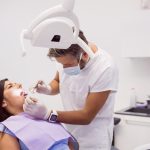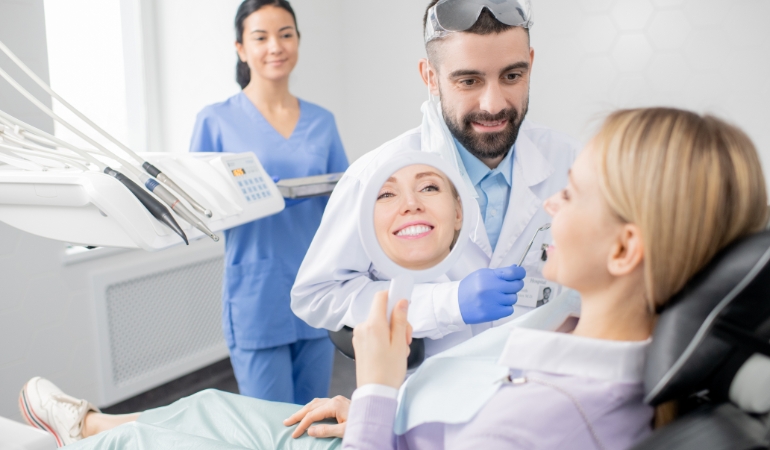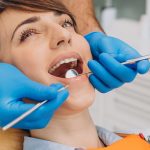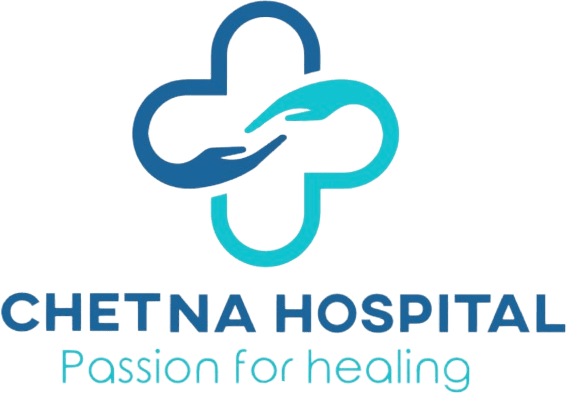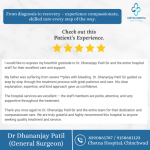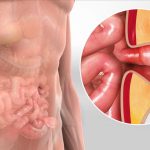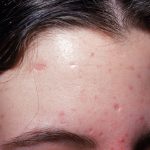Piles, or hemorrhoids, are one of the most common yet often misunderstood conditions affecting people worldwide. Affecting individuals of all ages, this condition can cause significant discomfort, pain, and embarrassment, leading many to avoid seeking help or discussing it openly. However, understanding the causes, symptoms, and effective treatments for piles can empower you to address the issue promptly and find relief.
What Are Piles?
Piles, also known as hemorrhoids, refer to swollen or inflamed veins in the lower part of the rectum and anus. These veins become engorged, often due to increased pressure in the area, leading to symptoms like discomfort, pain, bleeding, and itching. While piles are typically harmless, they can significantly affect a person’s quality of life, especially if left untreated.
There are two main types of piles:
- Internal Piles – These occur inside the rectum and are usually painless because the area has very few nerve endings. However, they can bleed when irritated.
- External Piles – These occur under the skin around the anus and can cause itching, pain, and swelling, especially if blood clots form within them.
Causes of Piles
Piles occur when there is increased pressure on the veins in the rectal and anal area. This pressure can be caused by a variety of factors, including:
- Straining during bowel movements: Frequent constipation or prolonged sitting on the toilet can cause excessive pressure on the veins.
- Chronic constipation or diarrhea: Straining to pass hard stools or prolonged diarrhea can both put significant strain on the area.
- Pregnancy: Hormonal changes during pregnancy, along with the growing pressure from the uterus, can lead to the development of piles.
- Aging: As we age, the tissues that support the veins in the rectum and anus weaken and stretch, which makes piles more likely to occur.
- Obesity: Being overweight increases pressure on the pelvic and rectal area, leading to swollen veins.
- Sedentary lifestyle: Lack of physical activity can contribute to constipation and poor circulation, increasing the risk of piles.
- Poor diet: Low fiber intake can result in constipation, which puts strain on the veins during bowel movements.
- Heavy lifting or excessive physical activity: Certain professions or activities involving heavy lifting or physical exertion can put strain on the rectal and anal area.
Symptoms of Piles
The symptoms of piles can vary depending on their severity and location. Here are some of the most common signs that may indicate you have piles:
- Bleeding during bowel movements: One of the most common and telltale symptoms of piles is rectal bleeding. You may notice bright red blood on toilet paper or in the toilet bowl after having a bowel movement.
- Pain and discomfort during bowel movements: Straining to pass stool or sitting for long periods may cause pain and discomfort, especially in external piles.
- Itching or irritation around the anus: Swollen veins around the anus may cause itching or irritation in the affected area.
- Swelling or lumps around the anus: In the case of external piles, you may notice visible lumps near your anus. These lumps may become sore or swollen.
- A feeling of fullness: You may feel like you haven’t fully emptied your bowels even after a bowel movement. This feeling of fullness is often associated with internal piles.
- Mucous discharge: Some people with internal piles experience a mucous discharge that can cause irritation and further discomfort.
While these symptoms can cause significant distress, it’s important to note that piles are often not dangerous and can be treated effectively with proper care.
Treatment of Piles
Treatment for piles can range from conservative home remedies to medical interventions, depending on the severity of the condition. Here are some treatment options:
1. Lifestyle and Diet Modifications
The first step in managing piles often involves making changes to your lifestyle and diet. These adjustments can alleviate pressure on the rectal and anal veins and prevent further complications:
- Increase fiber intake: Fiber softens stool and reduces the strain required for bowel movements. Foods like fruits, vegetables, whole grains, and legumes are great sources of fiber.
- Stay hydrated: Drinking plenty of water can help soften stool and promote regular bowel movements.
- Exercise regularly: Regular physical activity helps with digestion and circulation, reducing the likelihood of constipation and promoting overall health.
- Avoid straining: Do not strain or hold your breath while passing stool. Give yourself enough time for a natural, relaxed bowel movement.
2. Medications and Topical Creams
If diet and lifestyle changes do not provide enough relief, medications and topical treatments may be used to manage symptoms:
- Over-the-counter creams and ointments: These products, such as hydrocortisone cream or witch hazel, can help relieve pain, itching, and swelling around the anus.
- Oral pain relievers: Over-the-counter medications like ibuprofen or acetaminophen can help relieve mild pain and inflammation caused by piles.
- Stool softeners: If constipation is contributing to your piles, stool softeners can make bowel movements easier and less painful.
3. Minimally Invasive Procedures
In some cases, especially when piles do not improve with conservative treatments, minimally invasive procedures may be necessary. These include:
- Rubber band ligation: A small rubber band is placed around the base of the internal piles to cut off blood flow. The piles will eventually shrink and fall off.
- Sclerotherapy: A chemical solution is injected into the veins to shrink the piles.
- Infrared coagulation: This procedure uses infrared light to shrink internal piles.
- Cryotherapy: A freezing technique used to shrink and remove piles.
4. Surgical Treatments
For large, persistent, or severe piles, surgical intervention may be necessary. This includes:
- Hemorrhoidectomy: A surgical procedure to remove the piles. It is typically reserved for severe cases.
- Stapled hemorrhoidopexy: A less invasive procedure that removes the tissue and causes the piles to retract.
Prevention of Piles
Preventing piles is all about managing the risk factors that cause them. Here are a few steps you can take:
- Eat a high-fiber diet to keep bowel movements soft and regular.
- Drink plenty of water to stay hydrated.
- Exercise regularly to improve circulation and promote regular bowel movements.
- Avoid prolonged sitting or standing to reduce pressure on the rectal veins.
- Respond promptly to bowel urges and don’t delay using the restroom.
When to Seek Medical Help
Although piles are typically not serious, seeking medical attention is important if:
- You notice heavy bleeding during bowel movements.
- You experience persistent pain or discomfort.
- You have prolapsed hemorrhoids (piles that are pushed outside of the anus).
- Symptoms do not improve with home treatments or over-the-counter medications.
Conclusion
Piles are a common yet treatable condition that affects many people at some point in their lives. Whether caused by poor diet, pregnancy, or prolonged sitting, understanding the symptoms and causes of piles can help you take early action. With a combination of lifestyle changes, medication, and medical procedures, most individuals can manage their condition successfully. Don’t hesitate to consult a healthcare provider if you experience symptoms, as early diagnosis and treatment can improve your quality of life and prevent complications.
For Consultation Contact us on 8390861787
Website – www.chetnahospital.co.in
Address – Chetna Hospital, Sambhajinagar, MIDC, G Block, Near Rotary Club, Chinchwad 411019
.
.
.
#pune#pcmc#chinchwad#hospital#medical#medicalservices#health#healthcare#surgery#generalsurgery#medicalprocedure#generalsurgeon#generalsurgeoninchinchwad



